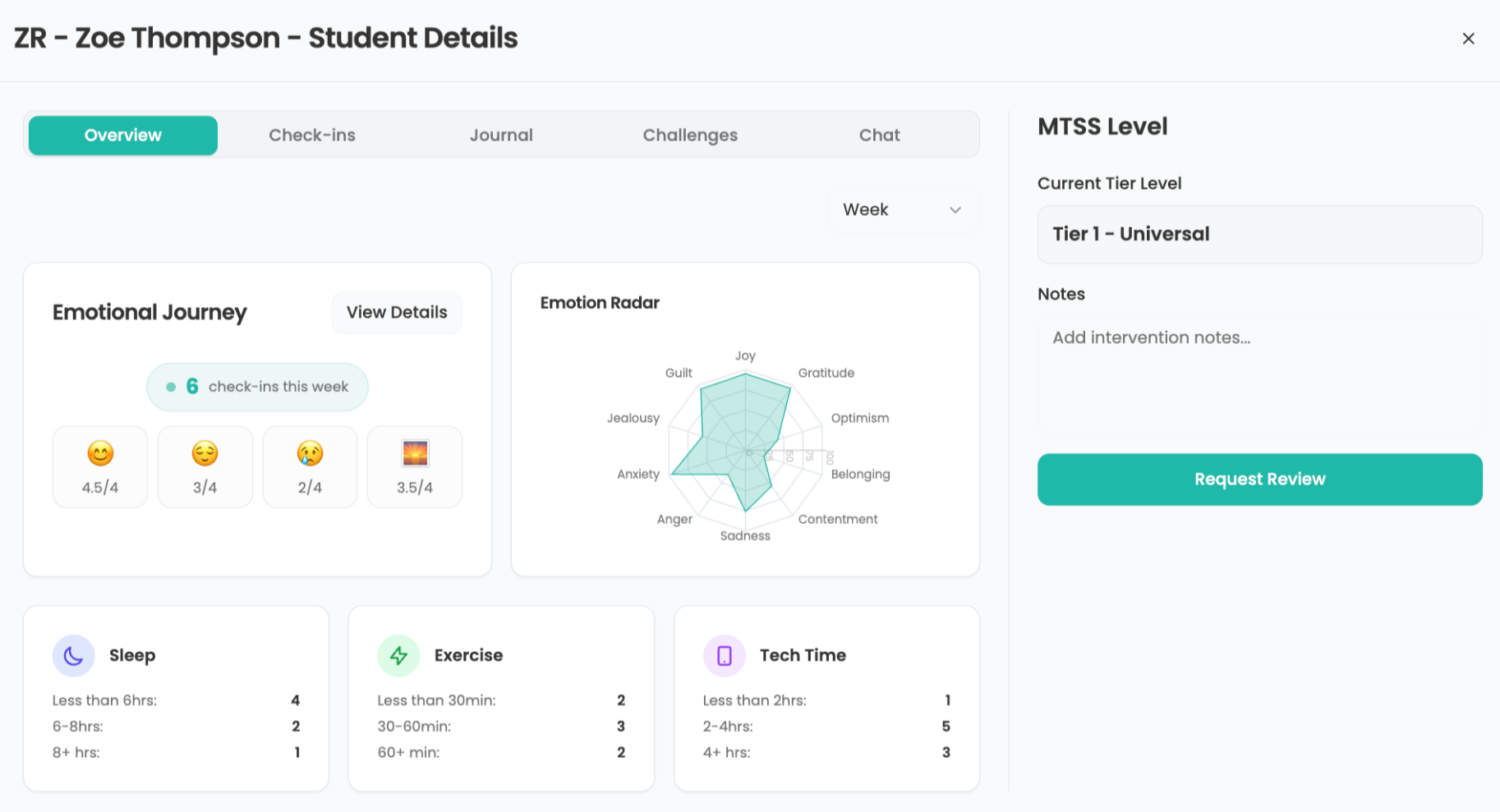New COVID Stimulus Package Offers Schools More Funding to Innovate
How districts can use stimulus funds to address learning loss and drive innovation

As the world learns the details found within the 5,000+ page bill passed by Congress, it looks like stars could be aligning for education leaders to really work on implementing innovative learning models. A $900 Billion package with $54.3 Billion dollars now being allocated for K-12 education down to district and school levels, a new Department of Education Secretary, and an overall consensus that the old system on the whole was not prepared to adequately serve students anytime, anywhere--the environment for change gives a glimmer of hope for what could be for education.
Stimulus funds
The amount allocated for the education stabilization fund this time around is approximately four times the amount allocated under the CARES Act. Districts largely spent CARES Act funds on devices and connectivity to get students up and running even when they were off campus. Although these issues still remain a priority for many districts, there is now a chance to look deeper into the district’s mission, vision, and operations.
The new funds will operate similarly to the CARES Act. Monies will first be allocated from the U.S. Department of Education (USDE) down to state education agencies (SEA), and then down to the local education agencies (LEA), who will decide how to use the funds. An SEA may again keep up to 10% for administration and their own uses as they see fit.
The application is expected to also be largely the same, with a state having to submit a plan for how the funds will be used. Under the CARES Act, once an application was approved, the USDE was required to obligate funds within three days. This funding is available to be spent until September 2022.
The allowable uses also remain the same from the CARES act, and includes:
- Purchasing educational technology that aids in regular and substantive interaction between students and educators
- Planning and coordinating long-term closures, including providing technology for online learning
- Planning and implementing online learning
- Supporting provisions found in major education laws, including the Every Student Succeeds Act (ESSA) and the Individuals with Disabilities Education Act (IDEA). Title IV-A of ESSA and Part D of IDEA permits federal funds toward professional learning in effective edtech use
New Secretary of Education
Miguel Cardona, the incoming Secretary of Education if confirmed, has long been an advocate for innovation and new learning models. Funding is absolutely critical for change, but so is flexibility and an administration that is willing to take chances for the sake of better student learning and outcomes.
The good news is that there has not been this much flexibility since the creation of the Department of Education in 1980, and especially since the era of No Child Left Behind. The CARES Act brought along countless waivers for emergency operations. On top of that, ESSA started the pendulum moving away from the accountability and assessment requirements seen under NCLB as well. There is a movement, arguably growing every day, that high stakes assessments and one-size-fits-all accountability requirements just don’t cut it anymore. This will become especially apparent this year as almost all end-of-year assessments were waived last year. This means a year of no baseline data, and educators will need to get creative on what measures they plan to use to determine student learning and success.
Tools and ideas to transform education. Sign up below.
For more than five years, ESSA has allowed flexibility; however, districts were slow to adapt new assessments and use multiple measures for accountability. In order for district leaders to take advantage of these opportunities, the USDE must create an environment that allows SEAs to submit bold plans and encourages districts to try new things without the fear of being penalized. This is certainly an area in which education could take guidance from the start-up world and realize that sometimes failing creates even better opportunities for customers. (Customers here being any education stakeholder.) Funds plus flexibility is crucial for any systemic change.
Addressing learning loss
Education leaders across the country are also aware of the growing issue of learning loss and students falling behind. The COVID relief bill really speaks to addressing this issue as a priority. Online learning has been a preferred method for remedial learning in the past, but the most successful courses are high-quality. Providing high-quality remedial learning opportunities will take investing in professional development and this is the time to ready the next generation workforce to be prepared for anything. COVID learning loss will now require entire classes to have remedial courses, not just a select few students.
Addressing learning loss will demand an innovative approach that includes rethinking seat time the measurement of individual student growth, and mastery-based learning. Seat time, in particular, has long been the biggest barrier to innovation and personalizing learning. Addressing missed time plus trying to keep students on track for graduation will require new practices and an environment with competency-based education. Educators will need to find out what students have mastered and what they haven’t, and then develop strategies to help them move forward.
See how the stars align?
It is a truly hopeful time that education could truly go from “pockets of innovation” to scaled up personalized, competency-based learning environments. The funding is there, the leadership is there, and the flexibility is there. Educators must use this time to examine how they will ensure this period of time will not inhibit students for years to come. Now is the time to take advantage, be bold, and provide opportunities for meaningful learning for every student.
Susan Gentz is vice president of K20Connect and comes from a strong policy background as a former staffer in the U.S. Senate and Legislative Aide in the Iowa House of Representatives. Along with experience at both federal and state levels, she served as the Deputy Executive Director for the Center for Digital Education, worked for a government relations firm in Arlington, VA, and heavily worked on federal and state education policy at iNACOL, where she wrote published reports to move the field forward with innovative learning models, best practices, and policy recommendations.
Susan comes from a strong policy background as a former staffer in the United States Senate and Legislative Aide in the Iowa House of Representatives.
Along with experience at both federal and state levels, she served as the Deputy Executive Director for the Center for Digital Education, worked for a government relations firm in Arlington, VA and heavily worked on federal and state education policy at iNACOL, where she wrote published reports to move the field forward with innovative learning models, best practices, and policy recommendations.

